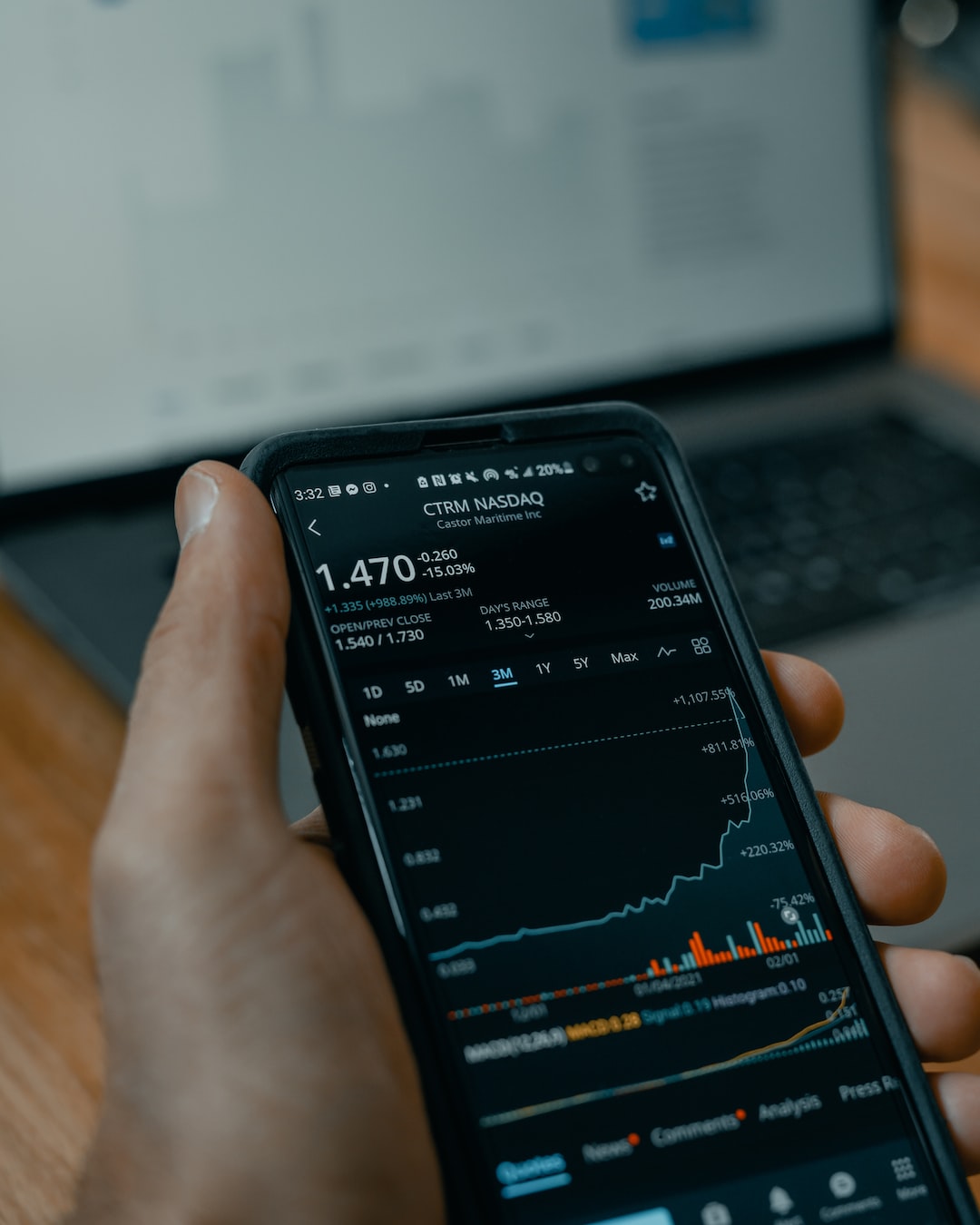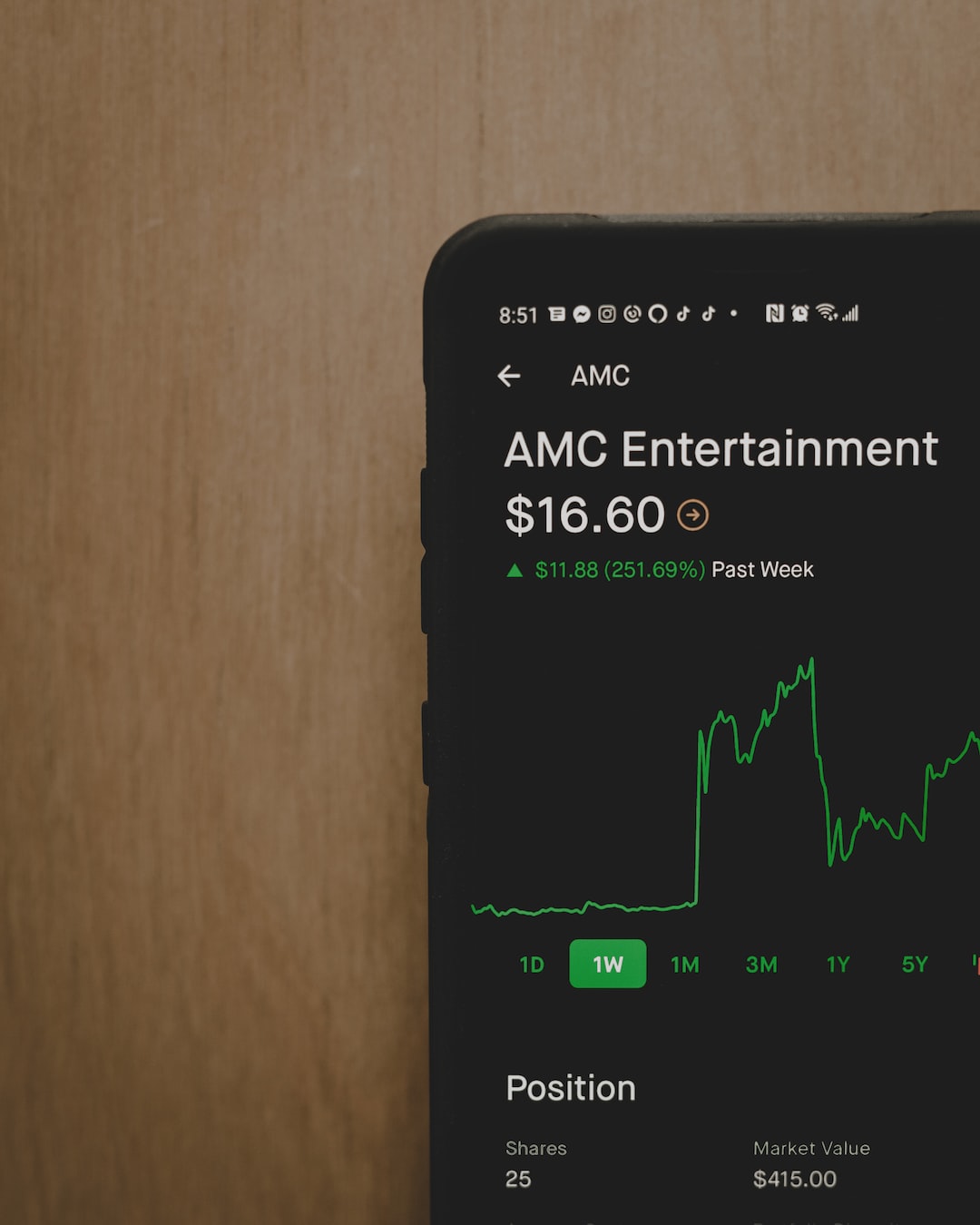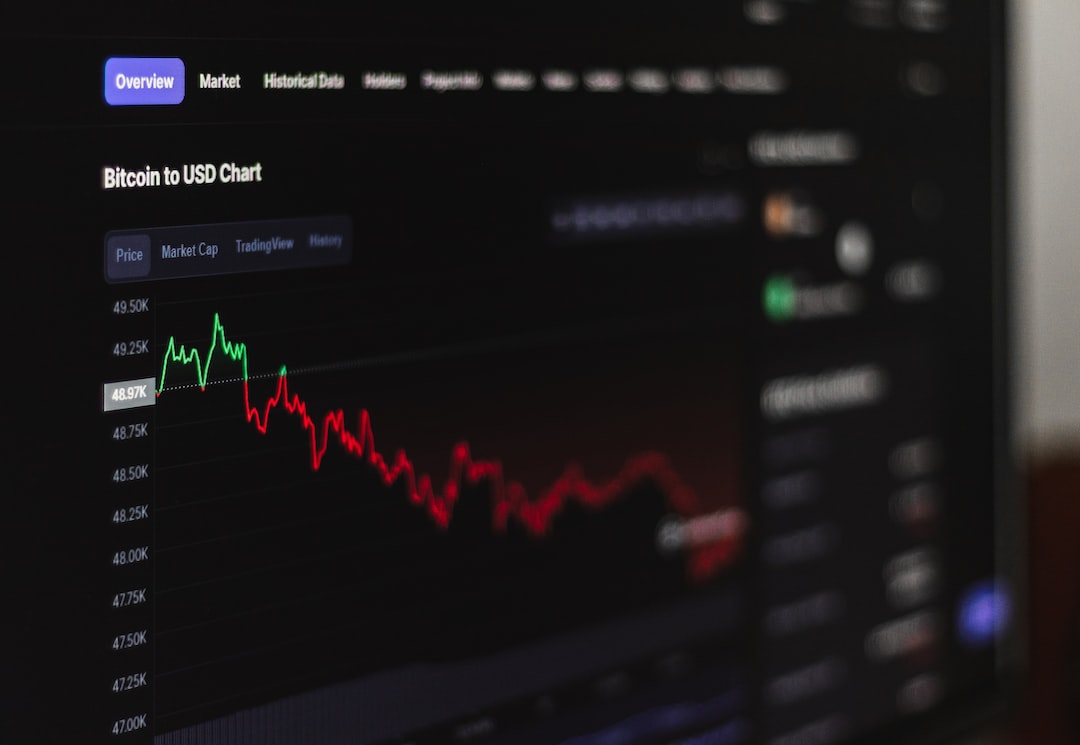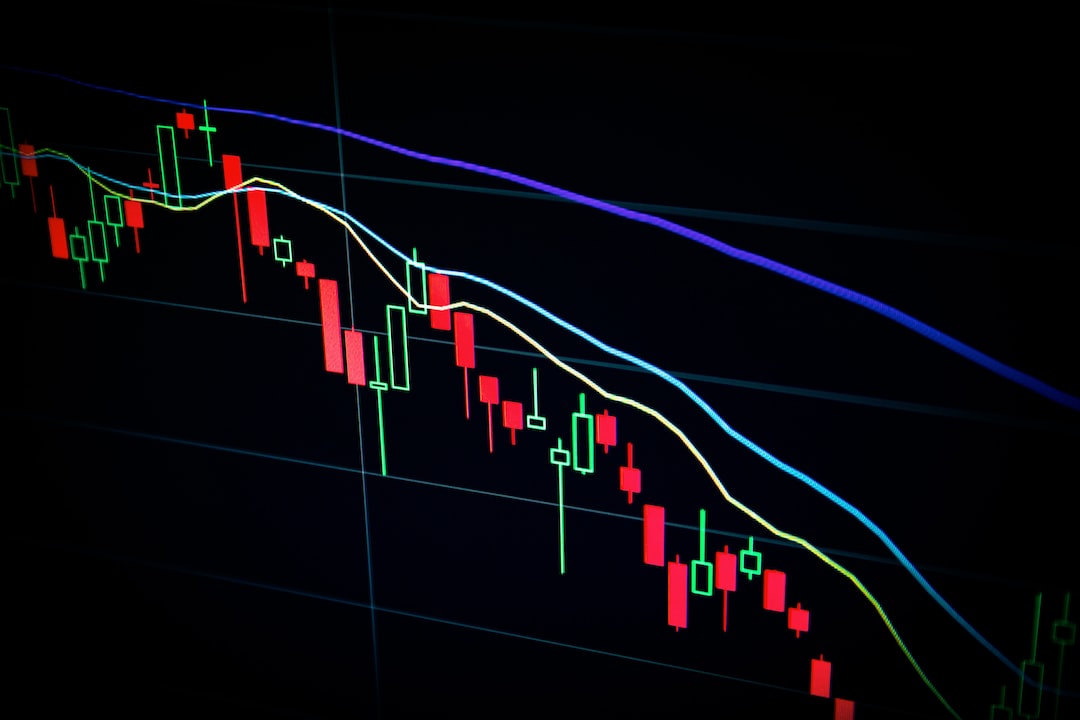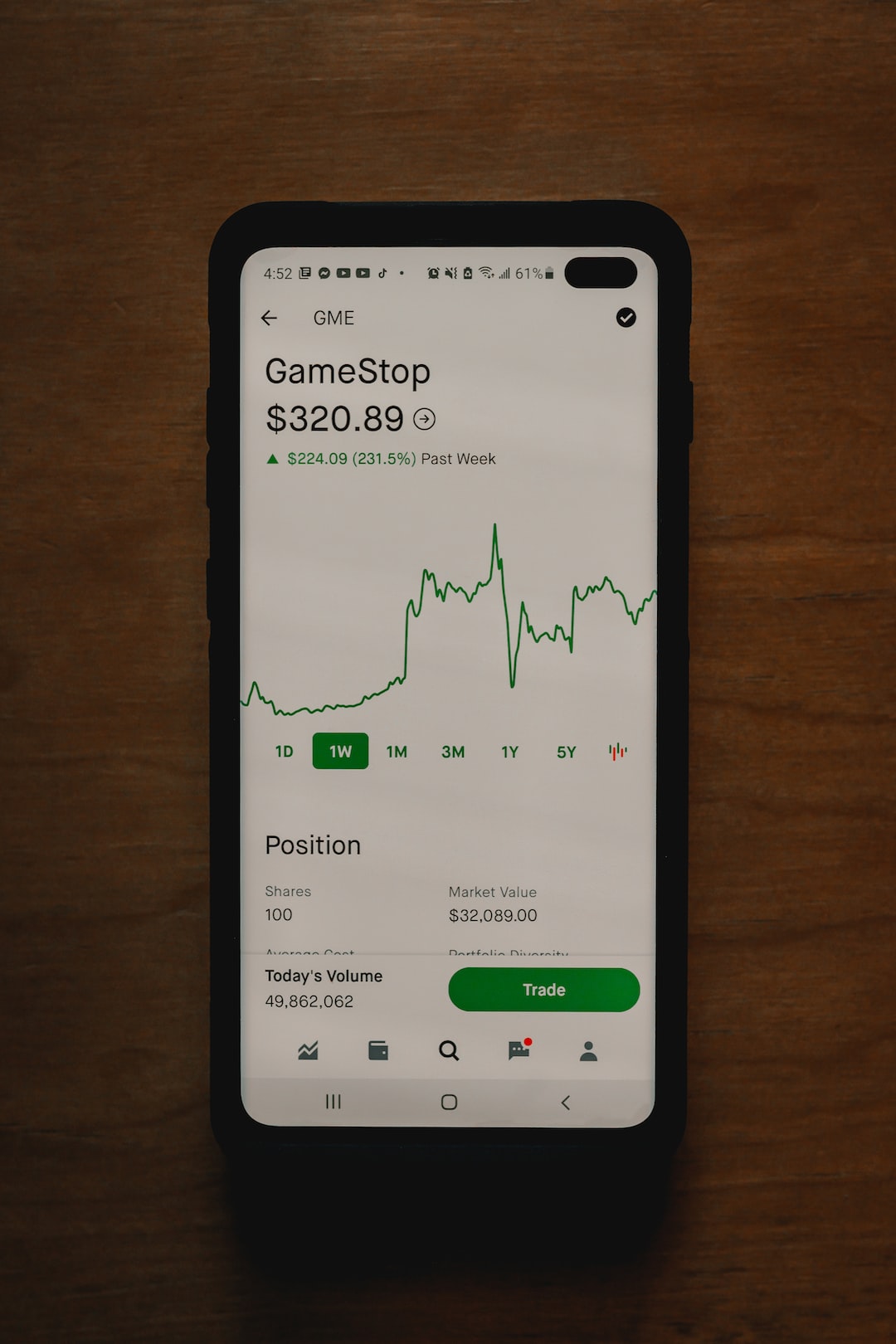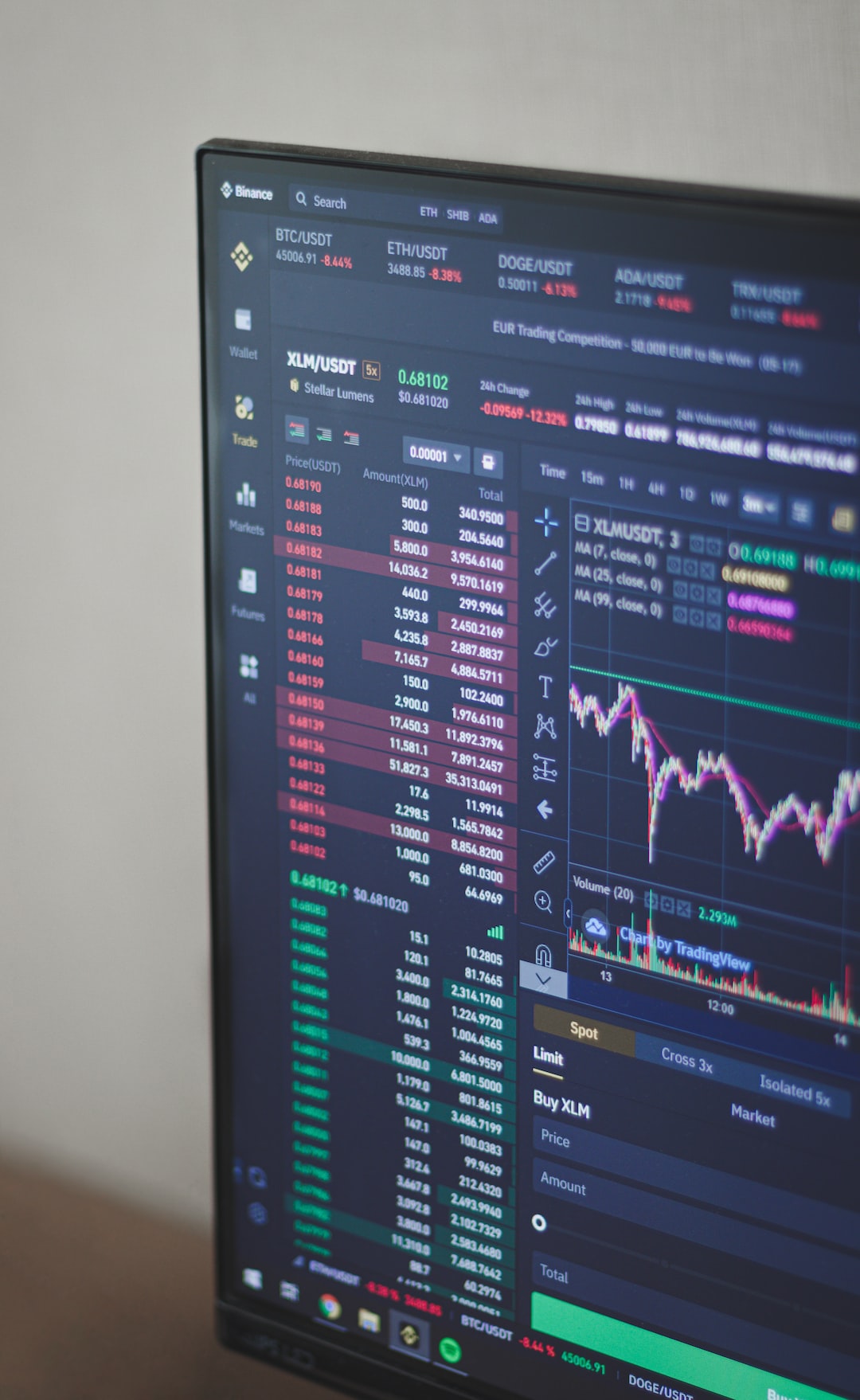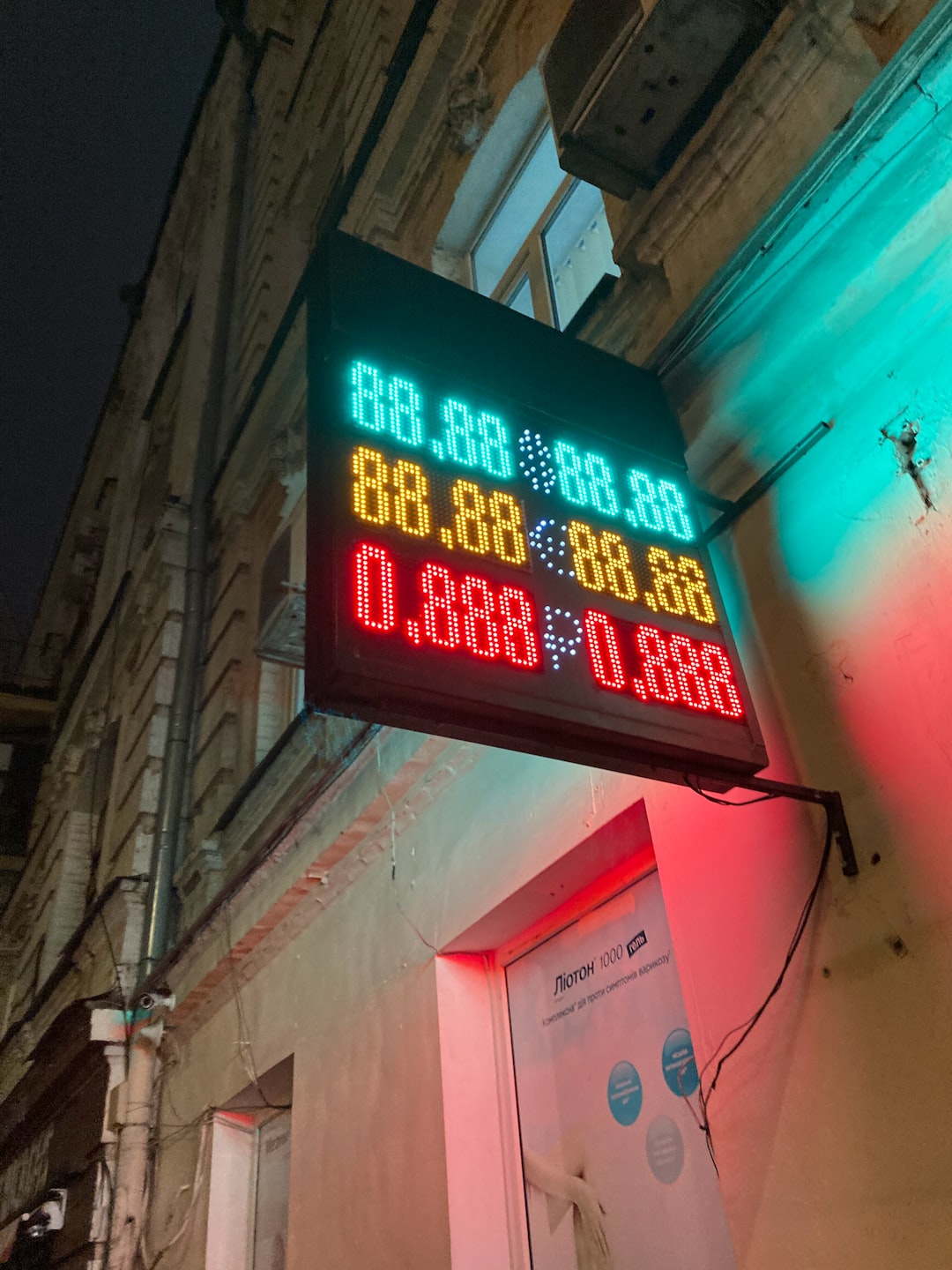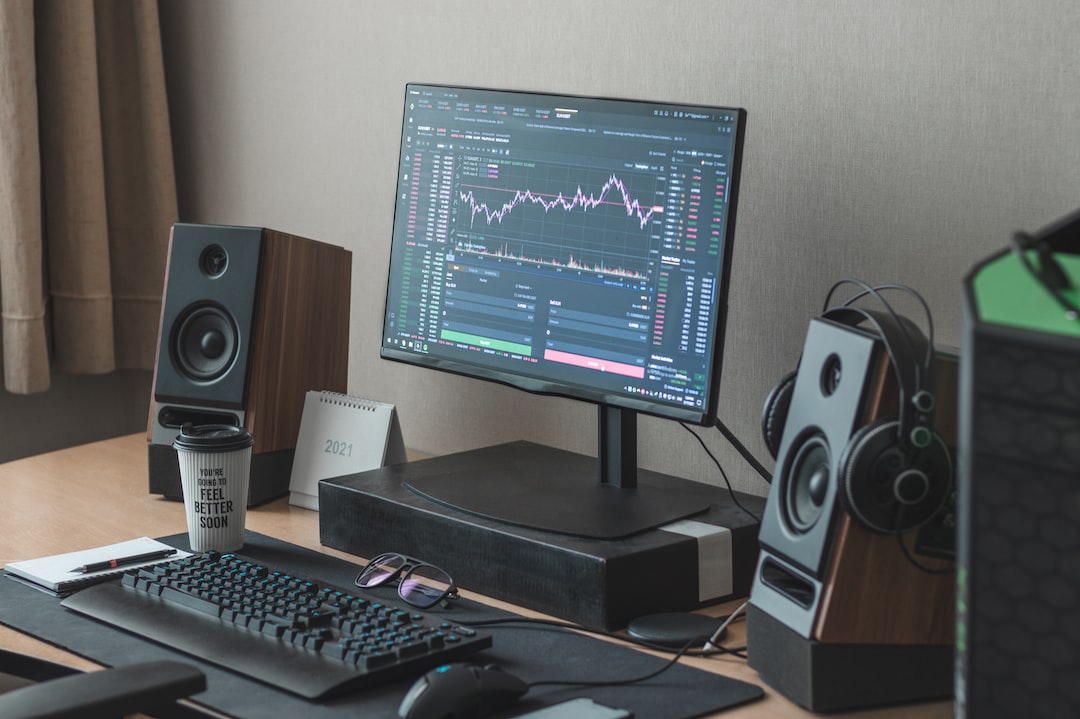Interview with Jessica Allen: Insights on Forex Trading and Success
Forex trading, also known as currency trading, is the buying and selling of currencies on the foreign exchange market. It is a highly liquid and volatile market, offering immense opportunities for individuals to make substantial profits. However, forex trading is not for the faint-hearted. It requires a deep understanding of market dynamics, technical analysis, and risk management.
To gain insights into the world of forex trading and learn about achieving success in this field, we had the privilege to interview Jessica Allen, a seasoned forex trader with over a decade of experience. Jessica has achieved remarkable success in forex trading and has built a reputation as a trusted mentor and educator in the industry.
In our interview, Jessica shared her journey and provided valuable insights for aspiring forex traders. Here are some key takeaways from our conversation:
1. Building a Strong Foundation:
According to Jessica, the first step towards success in forex trading is building a strong foundation. This involves learning the fundamentals of the forex market, understanding different trading strategies, and acquiring knowledge about technical and fundamental analysis. Jessica emphasized the importance of education and recommended aspiring traders to invest time in learning from reputable sources.
2. Developing a Trading Plan:
Jessica highlighted the significance of having a well-defined trading plan. A trading plan outlines the trader’s goals, risk tolerance, and specific trading strategies. It helps traders stay disciplined and avoid impulsive decisions. Jessica advised traders to stick to their trading plan and not let emotions dictate their trading actions.
3. Risk Management:
Effective risk management is crucial in forex trading. Jessica emphasized the importance of setting appropriate stop-loss orders and limiting the capital at risk in each trade. She advised traders to never risk more than they can afford to lose and to always have a risk-reward ratio of at least 1:2.
4. Continuous Learning and Adaptation:
Forex markets are constantly evolving, and successful traders need to adapt to changing conditions. Jessica stressed the importance of continuous learning and keeping up with market trends. She recommended attending seminars, webinars, and reading relevant books to stay updated with the latest developments in the forex industry.
5. Embracing a Long-term Perspective:
According to Jessica, forex trading is not a get-rich-quick scheme. It requires patience, perseverance, and a long-term perspective. Successful traders understand that losses are a part of the journey and focus on consistent profitability over time. Jessica advised traders to avoid chasing short-term gains and instead focus on building a sustainable trading career.
6. Emotional Control:
Controlling emotions is vital in forex trading. Jessica shared her personal experiences of overcoming fear and greed, two common emotions that can hinder trading success. She recommended traders to develop discipline and not let emotions cloud their judgment. Keeping a trading journal and reviewing past trades can help traders identify emotional patterns and make necessary adjustments.
7. Seeking Mentorship:
Jessica highlighted the importance of seeking mentorship in forex trading. A mentor can provide guidance, share experiences, and offer valuable insights that can accelerate the learning process. Jessica herself has mentored numerous aspiring traders and strongly believes in the power of mentorship.
In conclusion, forex trading can be a highly rewarding endeavor if approached with the right mindset and strategies. Jessica Allen’s insights provide a roadmap for aspiring traders to navigate the complexities of the forex market and achieve long-term success. By building a strong foundation, developing a trading plan, practicing effective risk management, continuously learning, embracing a long-term perspective, controlling emotions, and seeking mentorship, traders can increase their chances of success in the forex trading arena.



